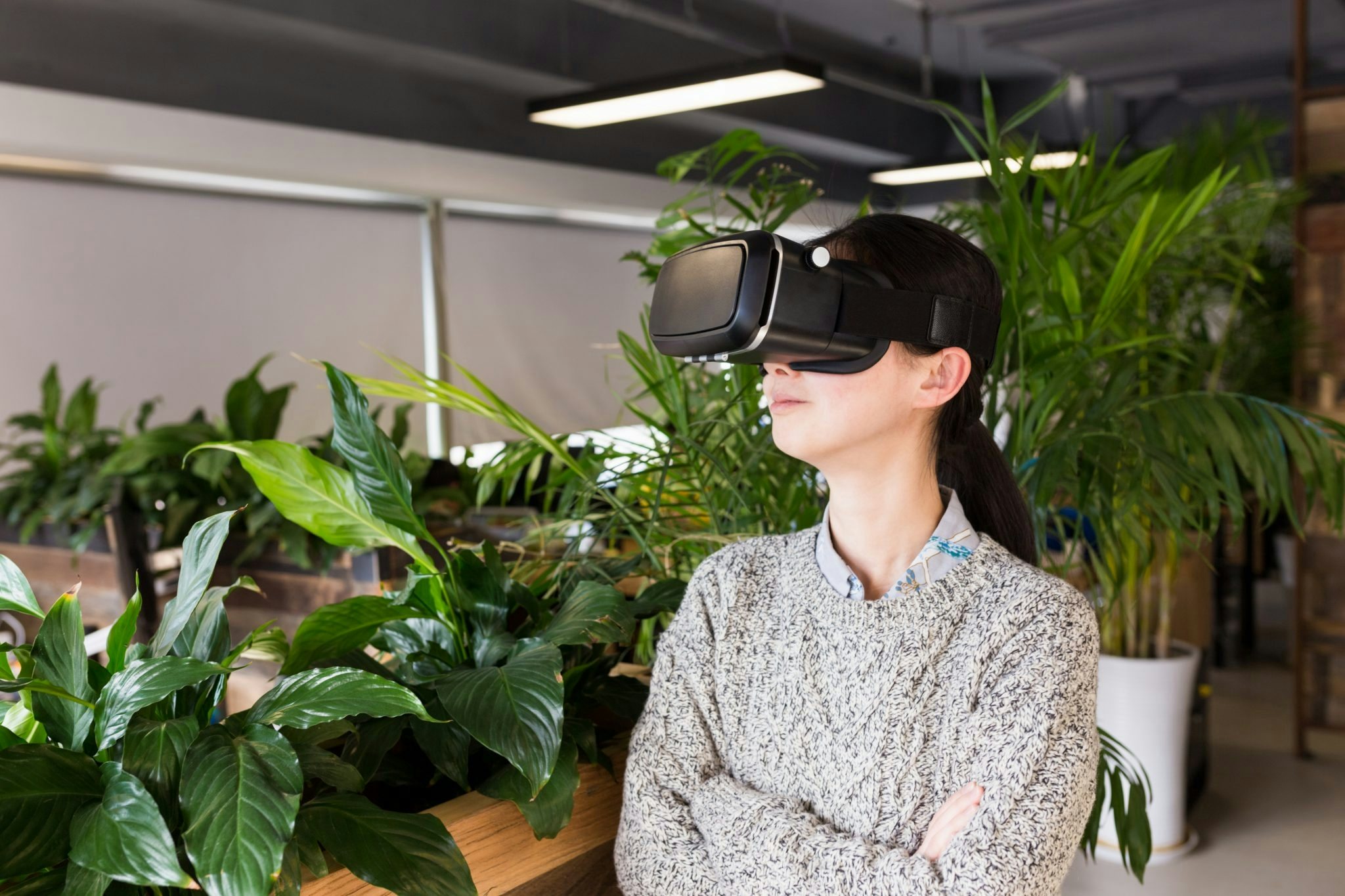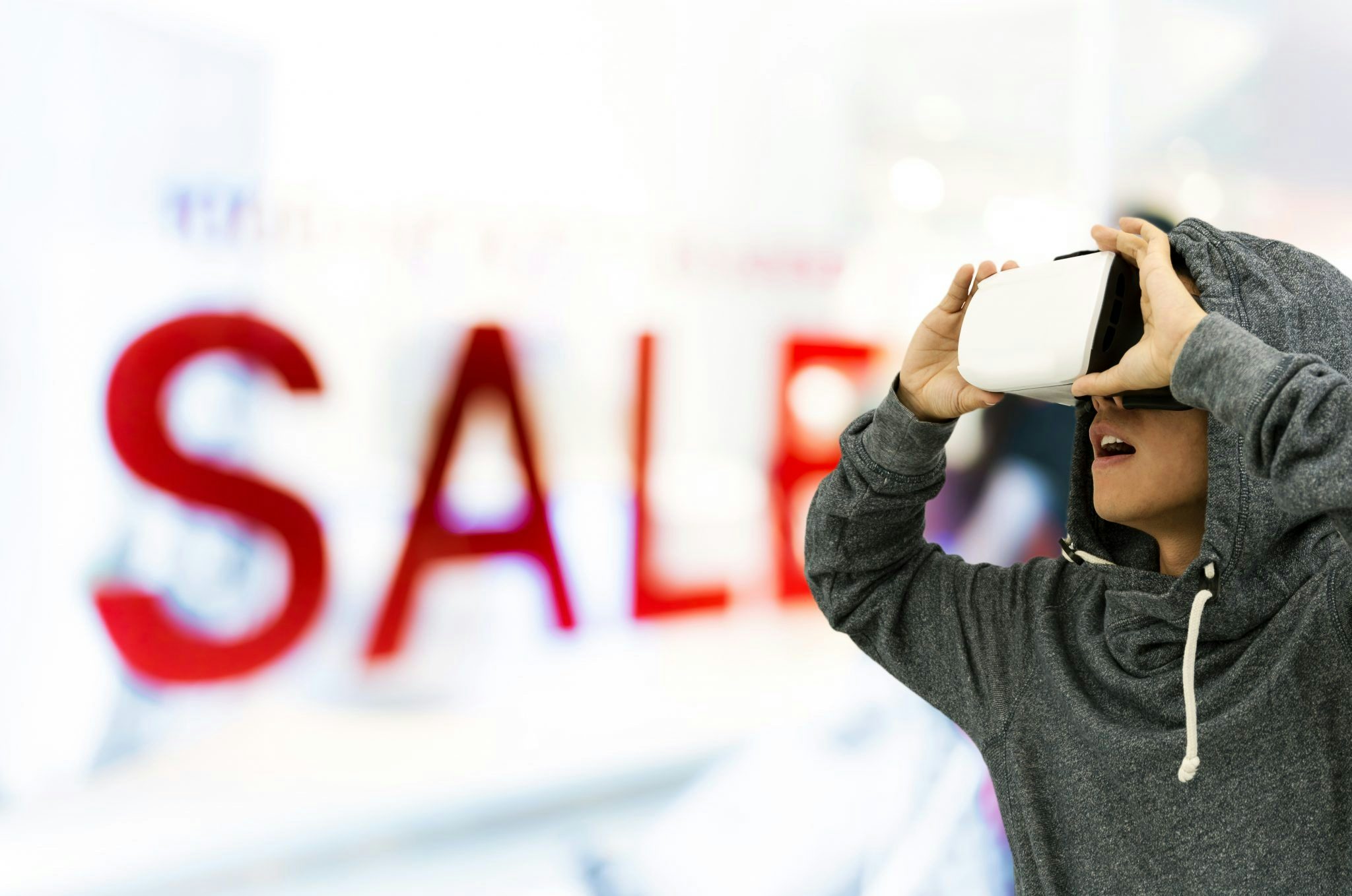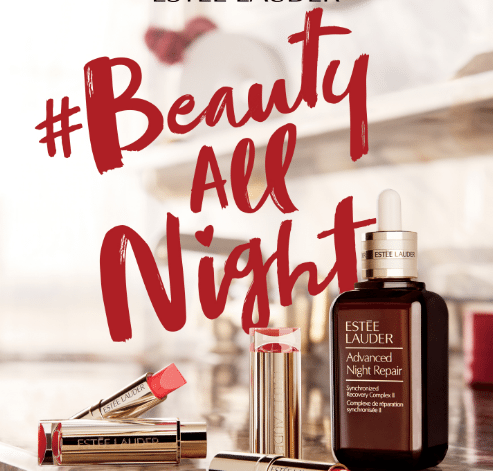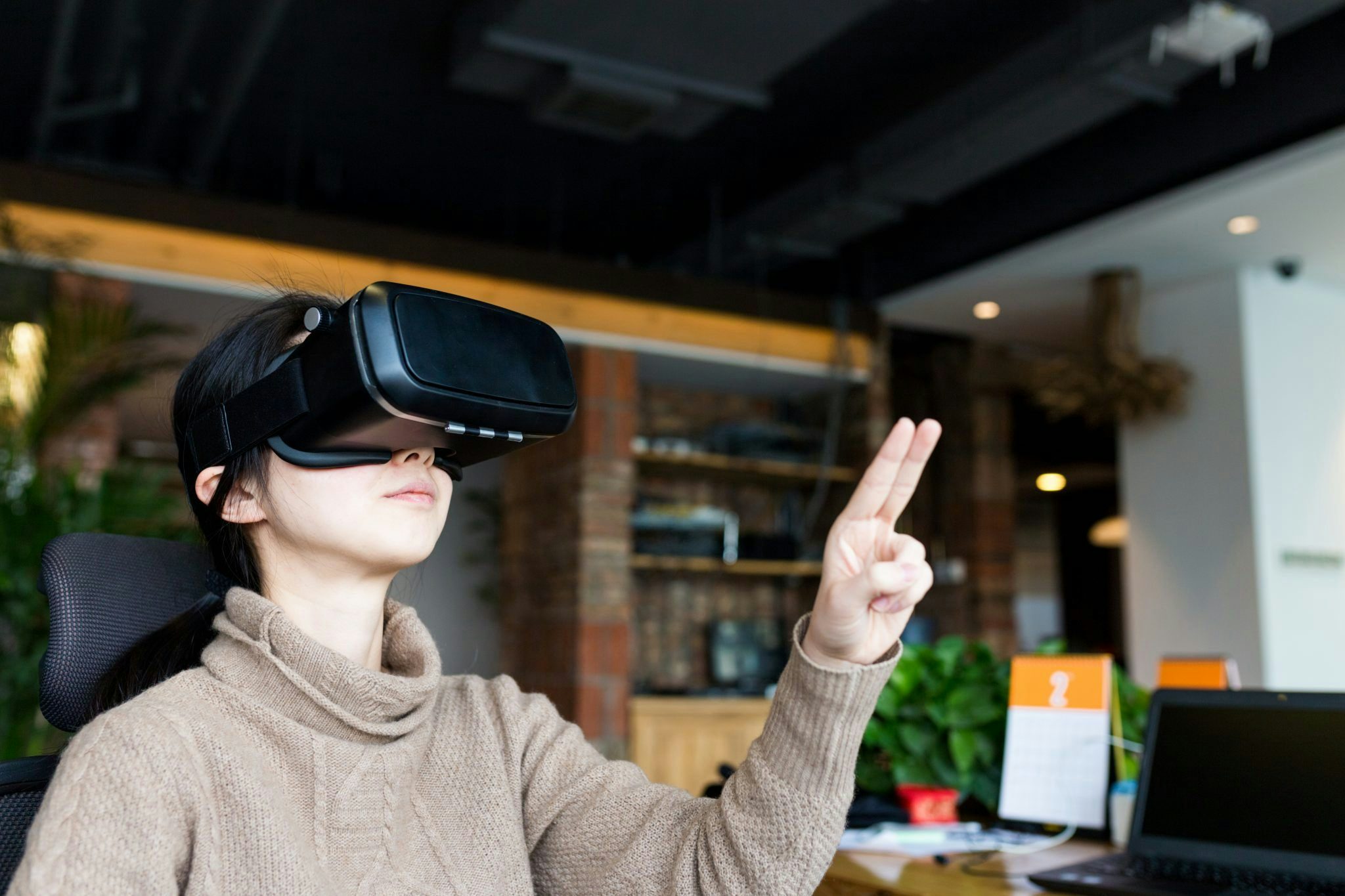Virtual reality is booming worldwide and, as often is the case, China is leading the way.
At the Global ARVR China Summit held this year in Shanghai, local startups released pioneering innovations that compete with those of Facebook, Google, and Amazon.
China also blazes the trail for consumer adoption and market penetration. A recent study released by Worldpay found that 95 percent of the Chinese respondents had used VR in the past three months (24 percent in the United States).
More than ever, brands want to get their hands on VR to boast an advanced technological knowledge. But as exciting as it can be, virtual reality must remain a technology utilized to reach a specific objective. It is particularly helpful to overcome luxury houses’ most common challenges.
Rejuvenating a brand image#
Using VR is a smart choice for a brand looking to attract a younger audience eager to live unseen and have one-of-a-kind experiences.
Vacheron Constantin, the longest continuously operating watch company in the world, admirably capitalized on the technology to launch its Overseas tour campaign.
The brand teamed up with world-acclaimed photographer Steve McCurry to capture 12 exceptional places across the world. Vacheron Constantin offered a superb virtual reality experience, immersing users into each location’s unique atmosphere.
Establishing a new positioning in your audience’s mind#
Virtual reality is great for conveying a message to a user who is fully immersed and not distracted by external stimuli. The message is efficiently conveyed and better memorized.
VR is the perfect tool for a brand seeking to reposition itself In a market and make sure the user remembers what the brand stands for, as well as its iconic product’s features.
Converting prospects into customers#
VR redefines the relationship both brands and consumers have with shopping. It is known for helping boost sales conversion rates, especially when used on the tech-savvy Chinese audience aware of the added value VR brings to the shopping experience.
In fact, 49 percent of the Chinese respondents to Worldpay’s survey said, “The products or shopping advice that is shown in a virtual environment would stimulate their impulse to buy products.”
Last August, Tmall launched the highly exclusive Luxury Pavilion, offering groundbreaking VR and AR initiatives imitating a real-life shopping experience.
Rewarding customers#
VR is also a way to give a loyal audience access to exclusive places.
Dior was one of the first fashion brands to offer a virtual reality fashion show last year, in which the user could virtually sit in the front row like a celebrity.
This kind of experience will soon be pushed further, following the release of 7D Vision Tech, a Beijing-based startup able to provide a 360° live stream broadcast of an event.
In 2016, sales of VR headsets in China reached nearly 10 million pieces, a drop in the ocean compared to the huge potential the country represents.
It is time for luxury brands to dare embracing virtual reality while consumers still discover it and are more receptive to the content conveyed through the technology.
Rémi Blanchard is Strategic planning manager at Mazarine Asia Pacific, an agency dedicated to advising luxury brands in their communication strategies all over Asia.



